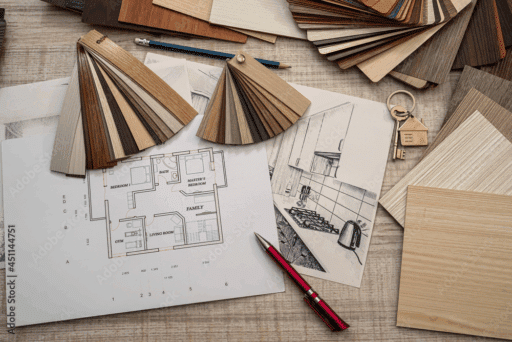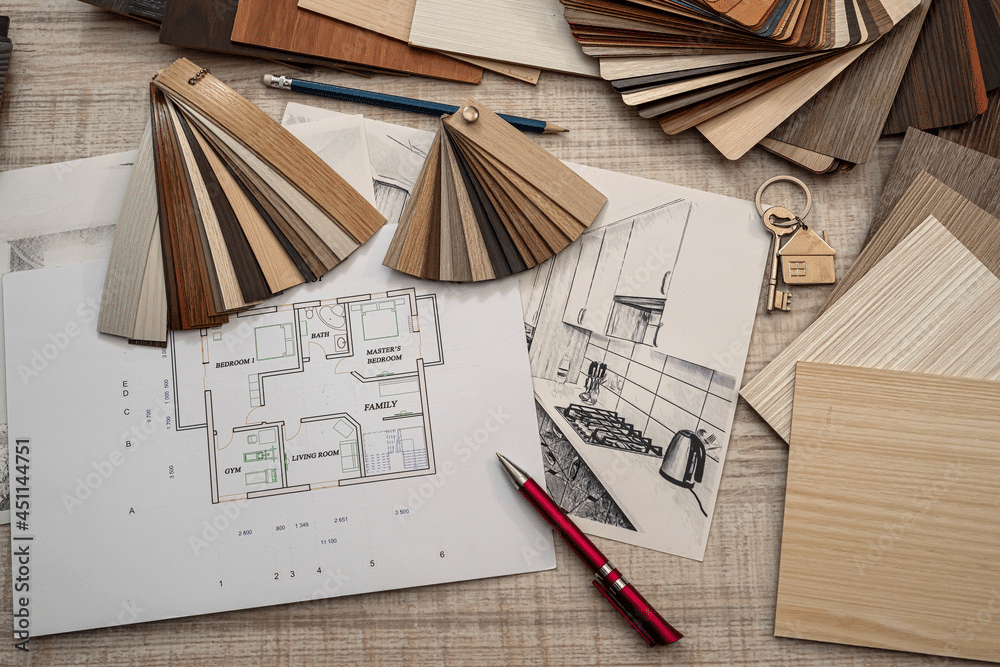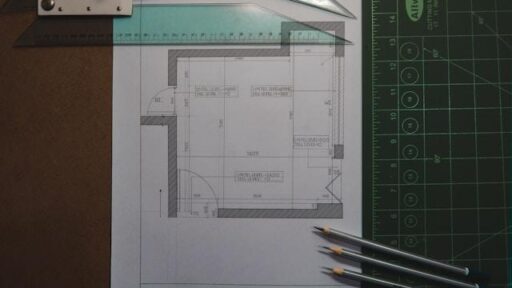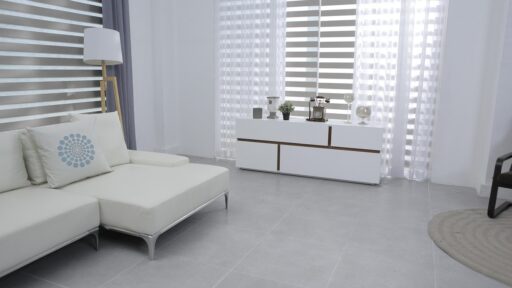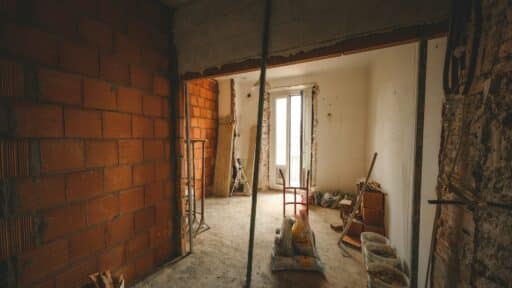When you walk through a house, what makes it feel like a single, unified home? That sense of flow and visual connection comes from cohesive design. Cohesion doesn’t require every room to look exactly the same. Rather, it means each space feels related to the others through consistent choices in color, texture, materials, or style.
The role of cohesive design becomes especially clear in renovation projects, where maintaining flow between updated and original spaces matters most. According to the 2025 Houzz & Home Study, over half of American homeowners undertook renovation projects in the past year, showing how much effort people invest in updating their homes. More tellingly, median spending on home remodeling has risen in several categories, particularly for smaller kitchens and bathrooms.
One reason cohesive design matters is that even renovations done years apart can feel intentional when interiors match. When your home’s style, colors, and finishes connect naturally from one space to the next, each renovation blends effortlessly with the rest of your home.
In this blog, you’ll find practical ways to create cohesion across different renovation projects, through color planning, material selection, layout coordination, and attention to detail, so your home feels harmonious and complete, no matter when or where you begin.
Establish a Clear Vision and Style
Decide whether your home leans modern, rustic, transitional, or another style. With that clear direction, every decision that follows, whether it’s finishes, furniture, or accents, can serve the same vision.
Once you have a general style in mind, gather visual references to lock it in. Create a vision board or digital moodboard. Collect images of rooms, materials, textures, and color combinations that reflect home decor trends you want to replicate. Digital tools such as Pinterest or Canva are great for compiling and arranging your inspiration. Over time, you will see patterns and themes emerge. Those patterns form your core design language.
Keep your vision board visible during every phase of your renovation. Refer to it when choosing paint, flooring, lighting, or fittings. Let it keep your decisions aligned, so that even small changes echo your original intent.
Choose a Whole-Home Color Palette
When you use coordinated tones throughout your home, one space leads naturally into the next. This helps avoid jarring color changes and reinforces a sense of unity.
One simple method is the three-color rule: pick a base tone, a secondary tone, and an accent tone. The base tone covers most surfaces, such as walls, ceilings, and large furniture. The secondary tone can be featured in cabinetry, trim, or built-ins. The accent tone appears in small doses, like in pillows, small decor, or a feature wall. This distribution helps rooms feel connected without becoming monotonous.
Repeat Materials and Textures Across Rooms
When flooring, cabinetry finishes, or metal accents recur in multiple spaces, your home interior feels more intentional. Repeating certain elements is a tried-and-true way to make interiors feel more cohesive.
Start by choosing a few key materials, like wood tones, metals, stone, or tile, that resonate with your style. Use them in more than one room. For example, if you use a brushed brass faucet in the bathroom, consider the same finish for your kitchen handles or light fixtures. Matching the metal finish helps the eye travel smoothly between rooms.
Textures amplify this effect. If you like matte surfaces, repeat matte finishes in furniture and hardware. If you prefer a little sheen, use brushed or satin finishes consistently. Glossy finishes also work as accent touches.
In smaller renovation projects, repetition is especially useful because it creates a sense of continuity that makes compact spaces feel more open and visually cohesive.
Coordinate Layouts and Sightlines
Open-concept spaces and smooth transitions between rooms have a big effect on perceived cohesion. One helpful tactic is aligning architectural details in connecting spaces.
For example, if your living room and kitchen share a wall or opening, try to match the crown molding, baseboards, or door trim to make the transition feel natural. Carry the same ceiling height or molding profiles into the hallway or adjoining rooms. That way, your eye does not pause or stumble at the boundary.
Lighting also plays a role in maintaining flow. Suppose a pendant light, a chandelier, or a recessed lighting style continues from one space into another. That repeated form guides your vision smoothly. Even the finish on fixtures, whether brass, matte black, or chrome, should remain consistent across visible zones.
Keep Bathrooms and Kitchens in Sync
Bathrooms and kitchens are two of the most important areas in a home, so they should feel connected. When remodeling your bathroom or updating your kitchen cabinetry, use similar materials and colors to strengthen overall design flow.
Choose finishes that complement each other, such as matching cabinet tones, countertop styles, or metal hardware. Flooring and tile choices should also align in color and texture. If exact matches are not practical, select materials that share undertones or patterns. Keeping these details consistent ties together the most functional rooms in your home and reinforces a cohesive look throughout.
Add Personality Without Losing Cohesion
Cohesion should never come at the expense of character. Once your home’s main colors and materials are in place, bring in personality through lighting, texture, and decor. These layers make spaces feel lived-in and distinctive while keeping the visual flow consistent.
Decor is where individuality comes through. Artwork, textiles, and accent furniture can reflect your taste while echoing the home’s established palette. Subtle repetition of materials, such as wood, linen, or woven fibers, maintains harmony, while small differences in color or form keep the design dynamic and personal.
Put Your Cohesive Design into Action
Cohesive design gives your home a sense of harmony. When rooms share color, material, and detail choices, your renovations do not compete, but instead, complement one another. A thoughtful, connected approach helps your home feel like a single, well-planned project rather than a collection of unrelated spaces.
Following clear visioning, a cohesive palette, repeated textures, aligned sightlines, and coordinated wet spaces gives you a roadmap to design that flows. These strategies reduce the risk of jarring transitions or piecemeal decisions that undermine harmony.
Above all, cohesion is a tool to make your home easier to live in and easier to build. A clear design plan reduces costly mismatches, speeds up decision-making, and helps each renovation stage align with your overall vision as your home interior evolves over time.

